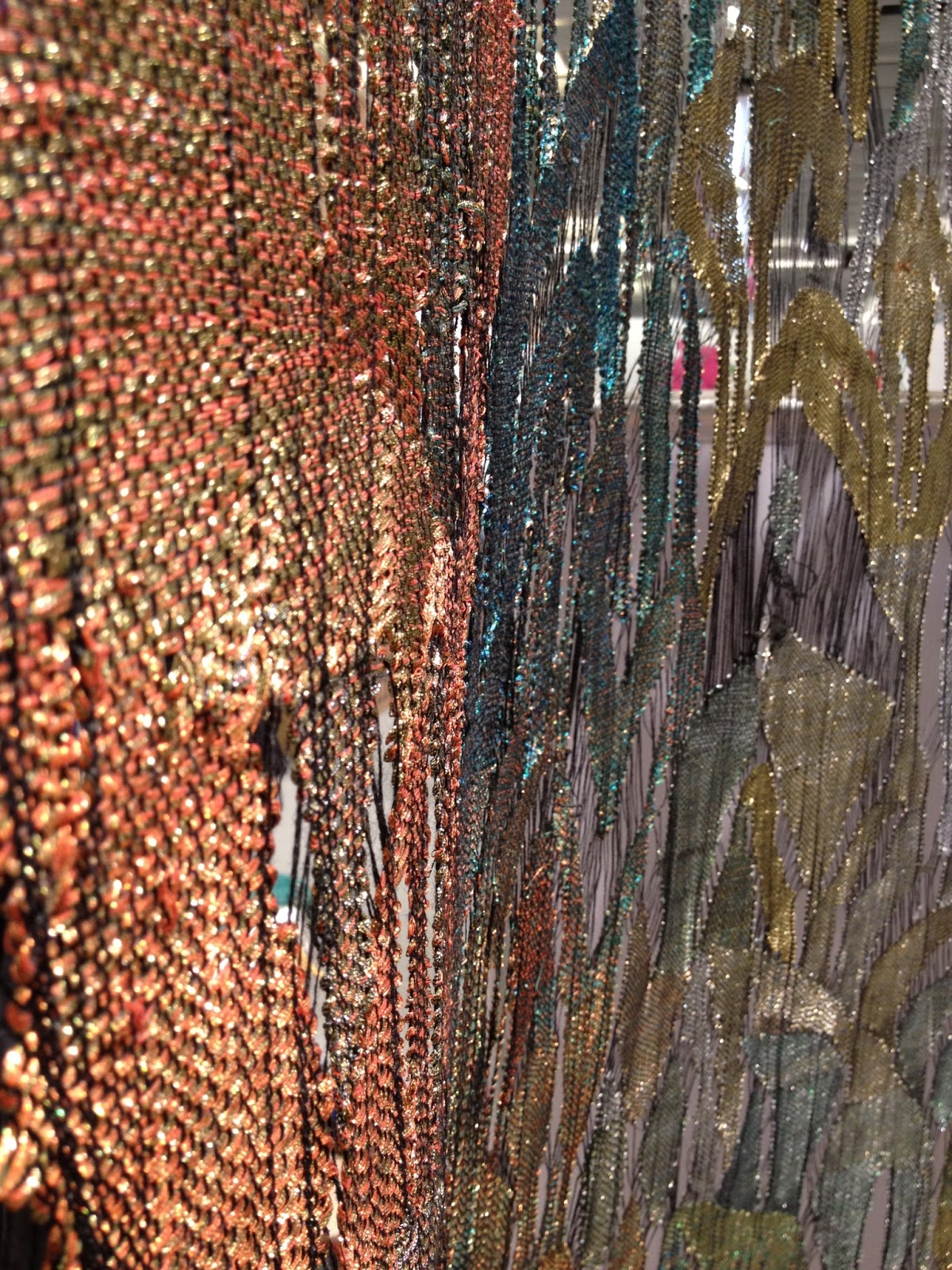Overall I feel that I have really engaged well with this
project and have created a good, strong body of work, drawing ideas and
inspiration from a wealth of different sources. I have contributed well to all
group sessions this project and have attended every tutorial, which in turn
proved helpful in aiding and shaping the direction my project would come to
take. I find interacting with peers and tutors a really helpful aid to me, and
especially enjoy taking on the feedback I receive about my work.
The professional lecture series was nothing short of inspirational.
With the talks from Ismini Samanidou and Susie MacMurray standing out to me
especially. Learning that your practice doesn’t always have to be about a final
context was something that I took on board and found myself applying to my
work. Instead the work created was more about an idea and a vision, with focus
being held on the materials used and the way in which the work feels playing key
roles in the making process. The Studio crawl was also a very successful day,
talking to practitioners about their work and achievements made for a very
interesting, fun filled day. Joe Hartley’s studio was for me the highlight of
the morning, seeing the space and his partners was enlightening and opened my
eyes to the world of designing/making after university.
 |
| Susie MacMurray & Joe Hartley. |
I think the most challenging aspect of the unit was
narrowing down my ideas and just running with one line of enquiry. With so many
talks, visits and things to look at it was tempting to just merge all I had
seen together and create a jumble of ideas. Obviously it became apparent that
this couldn’t work and so mid-way through I began to channel my ideas down to
just one key thing. This being the digital print side of my work.
 |
| sucesses of the project. Working fro my woven sample, creating digital prints and finally finished product |
The most important
practical skills and the area that I feel developed the highest level of good
practice were the digital manipulation and subsequent digital prints I produced.
Before this project I had never really worked on a digital level, but I found
that I was able to express my ideas more fluently on the screen, with the
option to change and alter something merely a click away. This without doubt is
a skill that I hope to transfer into my third year work, and develop to create
some really exciting visuals and imagery.
My key strengths within this project would have to be my
dedication and perseverance. Setting myself such ambitious ideas at the start
of the project, I knew there would be hurdles to overcome. This became apparent
with my first 2 week weaving block. Having to program 40 picks manually every
time I wanted to change the pattern was a horrific prospect, but with patience
and a positive attitude I overcame the problem and was left with a set of
vibrantly stunning samples.
Improvements could be made to my willingness to change and
alter my ideas. Being open to new concepts and being able to absorb them into
my work quickly will help me In the future to move at a quicker pace and
develop my practice faster and more effectively.
In regards to the self-assessment I feel that I have engaged
fully with all aspects of this project, not only looking at one source of
inspiration but taking it across the board and delving into new territories and
unfamiliar grounds. Glitch art being a particular risk taken. I have looked at
a variety of different contexts within my sketchbook research and feel that I have
made an informed decision when it came to placing my work into context. The
great northern being the best place for my work to sit. Due to the interactive
element and diversity to bold designs.
The experiences gained from this project have really made me
aware of how context doesnt really affect a piece of work, with Ann-Marie complimenting
my colour choices and explaining how it is colour not always product that
sells. Something that really excites me. The direction for me to take now will
continue to be home ware and soft furnishings, as my practice lies well within
these fields. I hope to continue with some of the ideas I have been working
with and am keen to keep pushing my digital skills in new directions.
At the end of this project I have arranged with the weave technician
to return to the studio, in order to create a new body of work. This time exploring
ways of creating my own coloured yarns, with the hope of being able to create
any desired colour by the time third year comes around.
 |
| collage image that sums up the project |



































